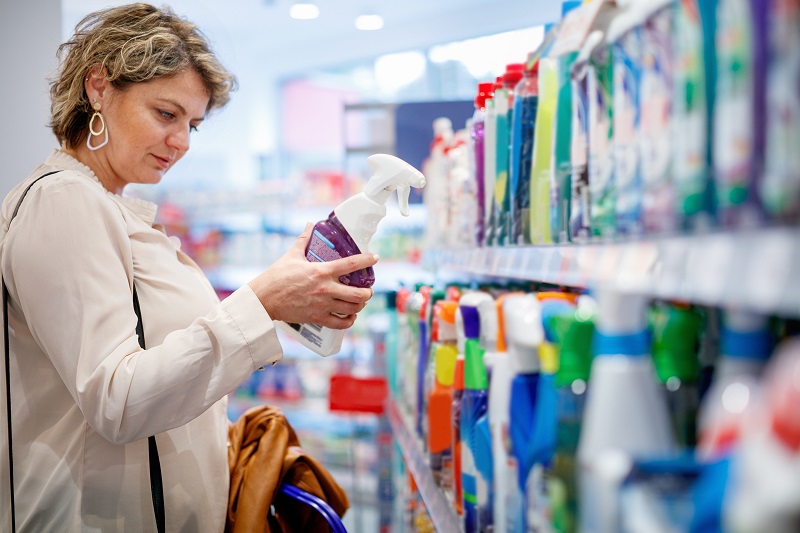5 Commonly Used Products and Their Cancer Risk

March 20, 2023
When it comes to cancer, we know that lifestyle choices, such as smoking and sun exposure, can lead to cancer.
“But what many don’t know is that other lifestyle choices, such as how we sleep and what we buy, can indirectly increase our risk,” says Ami Vaidya, M.D., gynecologic oncologist at Hackensack University Medical Center.
While it’s tough to always avoid carcinogens, reducing exposure is key. Here are some everyday household products that may pose cancer risks.
1. Nonstick Cookware
Nonstick cookware can be coated in potential toxins. To reduce your risk, instead opt for a cast-iron pan that can last a lifetime, or use nonstick pans at a low heat to lessen the release of these chemicals.
2. Mattresses
Manufacturers often add flame retardants to furnishings to slow the spread of household fires, meaning many mattresses are coated in those chemicals that we breathe in while sleeping.
The National Institute of Environmental Health Sciences states that prolonged exposure to flame retardants can lead to different types of cancer, reproductive issues and can impact child development.
“But before panicking and purchasing a new mattress, note that your current one has likely been off-gassed—when the gas that was contained in the material is released—since you bought it,” says Madhurima Anne, M.D., hematologist and oncologist at Jersey Shore University Medical Center and Ocean University Medical Center. “When it’s time to replace it, look for mattresses made without flame retardants or increase ventilation in the room for your new mattress to off-gas. One way to increase ventilation is to open the windows and put on a fan.”
3. Batteries
Batteries of all types have toxins, such as cadmium, lead, lithium and sulfuric acid. The Occupational Safety and Health Administration classifies metals used to make batteries, such as cadmium, as highly toxic and linked to cancer when exposed in high amounts. You can reduce your reliance on batteries by opting for battery-free or rechargeable items when possible for items such as electric toothbrushes, smoke detectors, remote controls and flashlights.
4. Cleaning Products
“Many household cleaning products contain endocrine disruptors, which can lead to cancer,” Dr. Vaidya says. “Keep in mind that most of the cleaning products we use aren’t necessary: A simple soap-and-water method often does the trick for cleaning floors, carpets, windows and walls. So saving the harsher stuff for emergencies will reduce exposure.” Find more family-friendly tips for cleaning and disinfecting your home.
5. Personal Care Products
Cosmetics, skincare and other personal care products can contain harmful chemicals such as parabens, parfum (fragrance ingredients), formaldehyde, coal tar dyes and more. If you want to reduce your cancer risk, stick to a minimal routine with products that use simple ingredients.
Next Steps & Resources:
- Meet our sources: Ami Vaidya, M.D., and Madhurima Anne, M.D.
- To make an appointment with a cancer specialist near you, call 800-822-8905 or visit our website.
- Schedule a cancer screening near you.
The material provided through HealthU is intended to be used as general information only and should not replace the advice of your physician. Always consult your physician for individual care.








